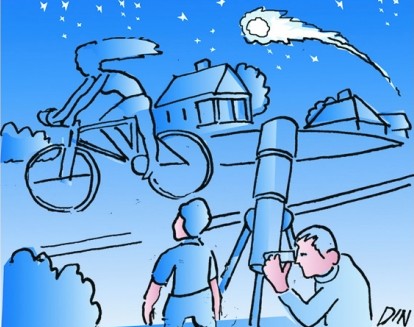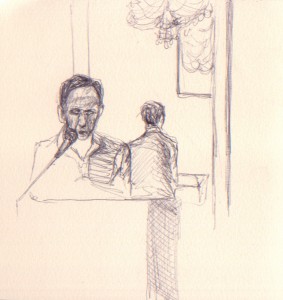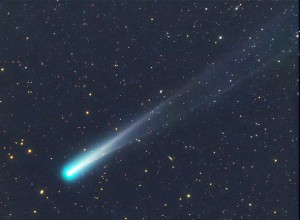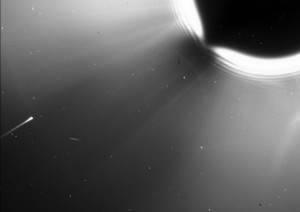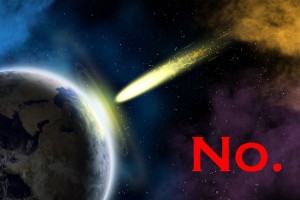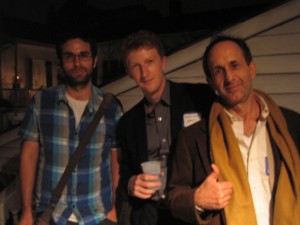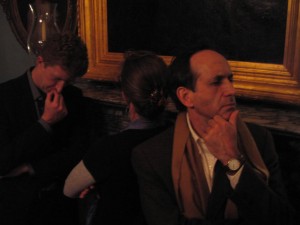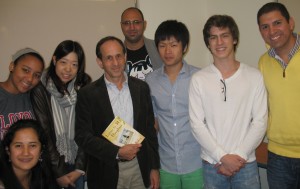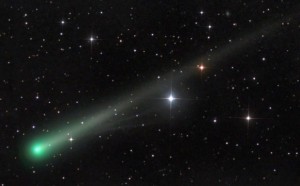Thanks to Chris Turner-Neal for his marvelous feature story on comets and THE NIGHT OF THE COMET in December’s Country Roads Magazine. Here’s the article:
UNEXPECTED TRAJECTORIES
by Chris Turner-Neal
December 2013
What an Unpredictable Comet and a Newly Published Novel Have in Common
I’m in the dark. But by the time you read this in December, you’ll already know if comet ISON is blazing beautifully across the night sky, aweing billions, or if it fizzled during the course of its great do-si-do around the sun and drove respected astronomers to the bottle. All I can do, from my cozy temporal perch in late October, is invite you to follow ISON’s unpredictable development, tell you a little about the unpredictability of comets in general, and suggest you reflect on these grand themes while reading a great new comet-themed novel, which details the unpredictability of life.
∞
The word “comet” comes from the Greek word for “long hair,” referring to the streaming tails visible comets have. These tails come from steaming ices—composed not only of water, but also frozen gases like carbon dioxide, methane, and ammonia—that generally surround a rocky, dusty core, and which vaporize as the comets approach the sun and encounter light and heat. In addition to these gases, comets can also leave tracks of solid debris; and if the Earth passes through one of these cosmic chat piles the result is a meteor shower like the Perseids—the every-August light show you always forget to get up early to look at.
Regular short-period comets, like Halley’s Comet, which famously swings by every seventy-six years or so, are thought to originate in the Kuiper Belt, the collection of small rocky bodies outside Neptune’s orbit that make up the first-tier suburb of the solar system. Longer-period and one-and-done comets probably come from the fun-to-say Oort Cloud, an even more distant group of small bodies loosely gravitationally bound to the sun. In either case, something happens—as dramatic as a collision or as gentle as a little gravity nudge from a passing neighbor—and knocks the comet-to-be off its path, sending it toward the sun.
It’s hard to predict what a new comet will do, which is why predictions for ISON are all over the map. If ISON has a lot of ices on its surface (we can’t be sure from this distance), and if it doesn’t lose them all or shatter as it makes its closest approach to the sun during November, leaving the solid debris of its body behind, then ISON might be putting on a great show by the time you read this.
ISON has invited its fair share of calamitous predictions, in good company with its historical brethren. The star of Bethlehem that sent the wise man in search of the Christ child may have been a comet, and so, possibly, was the cross in the sky seen by Emperor Constantine before he, and Christianity, became rulers of Rome. Halley’s comet by itself accounts for several dramatic omens, “announcing,” if you’re willing to be a little squishy on the dates, the Norman Conquest of England, a major invasion of Hungary by the Ottomans in 1456, and both the birth and death of Mark Twain. Even before ISON is visible to the naked eye, the usual suspects have set up websites blaming the usual suspects, with at least one connecting the word ISON to a mispronunciation of the Hebrew word “ason,” meaning “disaster,” which proves… something, apparently, probably about the United Nations and fluoridation.
∞
New Orleans author George Bishop takes the comet’s traditional role as omen and uses it as the backdrop for his new novel, The Night of the Comet. It’s a big device, but Bishop’s able storytelling weaves it seamlessly into his book. Narrated by the fourteen-year-old son of a science teacher and amateur astronomer in small-town Louisiana in 1973, The Night of the Comet relates the story of a family reacting to the individual stresses of growing up and growing older while Comet Kohoutek approaches, eliciting promises for a spectacular show. As some readers may recall, Comet Kohoutek’s 1973 fly-by proved to be a colossal dud, barely twinkling instead of blazing, but Bishop’s novel is anything but a flop.
Bishop worries about it being billed as a coming-of-age novel, because we’ve all read enough of those to fill in the blanks ourselves: a (boy/girl) in (the Deep South/a rural Midwestern farm community/Brooklyn) learns about (death/injustice/friendship) over the course of an (unforgettable/magical) summer. Bishop ditches the formula and speaks frankly to his readers about moving through the stages of life; while Junior, the narrator, is learning how to be an adult, his parents are learning how to be middle-aged.
Once a promising young scientist and the prettiest girl in town, Junior’s father and mother are now forced to face the reality of being a high-school science teacher and a high-school science teacher’s wife. Jokes about mid-life crises staged with Ferraris and plastic surgery form a staple of open-mic nights, but the sadness of waking up one day and realizing you haven’t led the life you convinced yourself you should expect is a more rarely told, and more interesting, story.
Junior’s awkward advances toward the teenage bombshell next door and his sister’s attempts to become a hippie before it’s too late will make you smile, but their parents’ hell-for-leather efforts to Be Someone later in life will sucker-punch you right in the tear ducts. I’m hesitant to give you more of the plot, because one of the joys of reading The Night of the Comet is watching the story unfold—it has all the inexorability of a Greek tragedy, but is populated not with demigods and queens, but with the kind of people you’ve known all your life.
Bishop is a born storyteller. So many moments in The Night of the Comet just feel so true and right that you find yourself whipping through it faster than you wanted to. He even pulls off the feat of writing realistic dialogue for teenagers that’s neither corny nor “gritty”—and as a former teenage boy, I can tell you that “full frontal sex” is exactly the kind of fractured phrasing you come up with when your curiosity outstrips your knowledge.
Another great highlight is Junior’s mother’s remembered childhood encounter with Ava Gardner, who is brought so quickly and fully to life in a few short pages that you can almost smell her perfume lingering in the room.
As his parents grow more distracted and their marriage teeters, Junior continues to ask that they repeat for him the story of their engagement in exactly the same way, with every detail and plot point neatly in place, as a ritual reassurance—but also because all families have those stories that are recited, not told. The whole book rings true like this. You occasionally hear of an author who “writes women” or “does children” well; Bishop writes people well.
So, to conclude my own comet-like path through various topical orbits: good luck seeing Comet ISON; but by the time you read this, my good wishes will be either unnecessary or too little too late. Even if ISON fails to impress, I have two pieces of advice: read George Bishop’s The Night of the Comet, and take a little time on a dark, clear evening to look up at the stars. Even without ISON headlining, it’s the greatest show off Earth.
On December 19, LASM will offer a live presentation highliting Comet ISON. Weather permitting, observation of Comet ISON on the levee will follow. 7 pm at 100 South River Road, Baton Rouge. lasm.org. See page 37 of the calendar for a full description.
